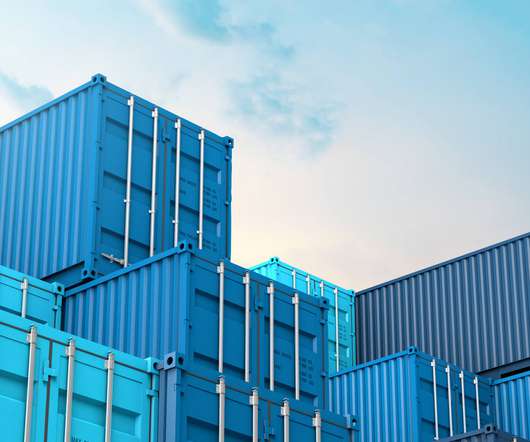Economic Impact of Russia Sanctions
Fusion Risk Management
MARCH 8, 2022
The impact of this will be directly felt on consumers in the form of higher gas prices, larger costs to heat their homes, and greater costs for other types of transportation. For example, aircrafts that would normally transport goods by flying over Russian airspace will have to re-route and fly longer distances.












Let's personalize your content